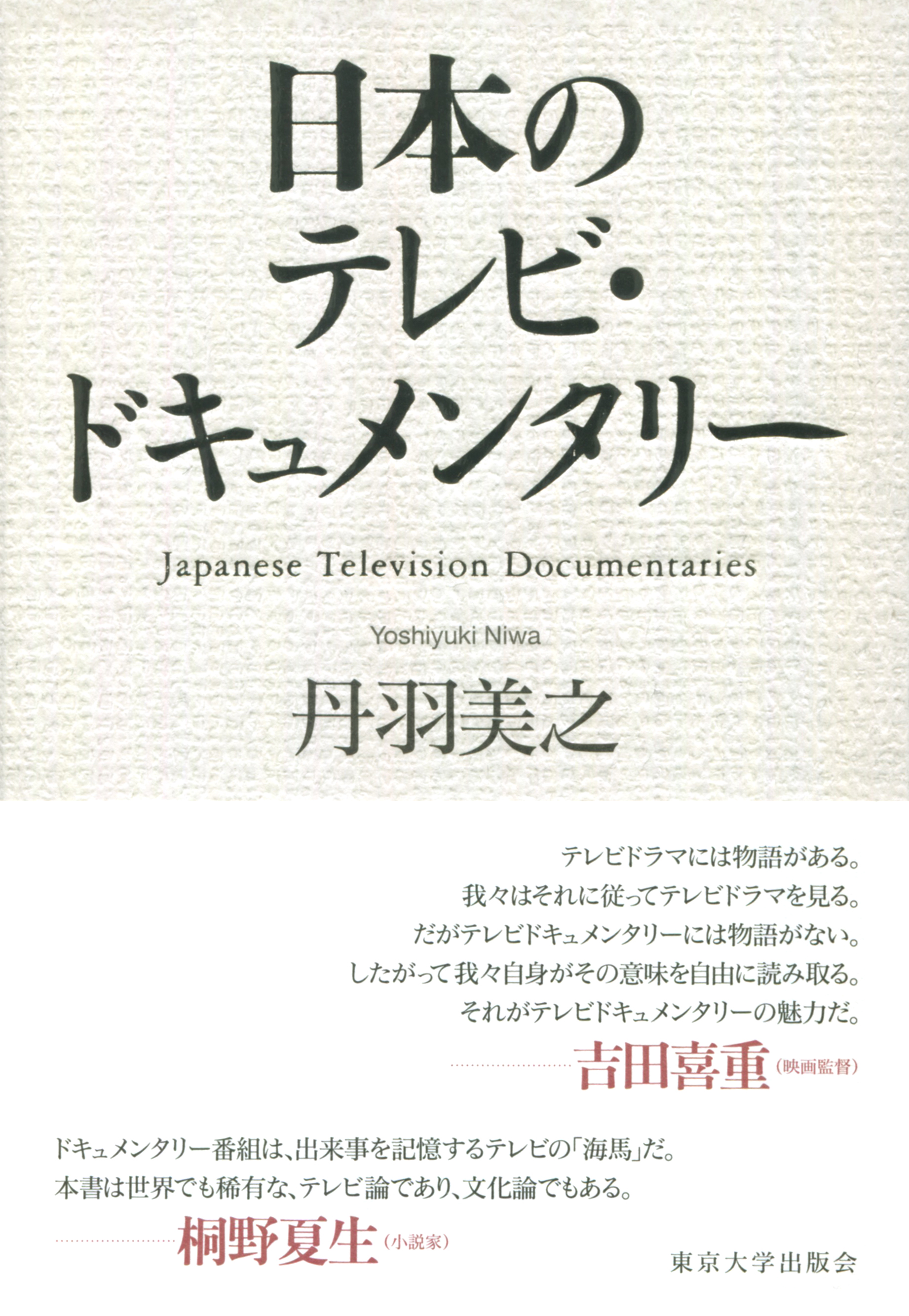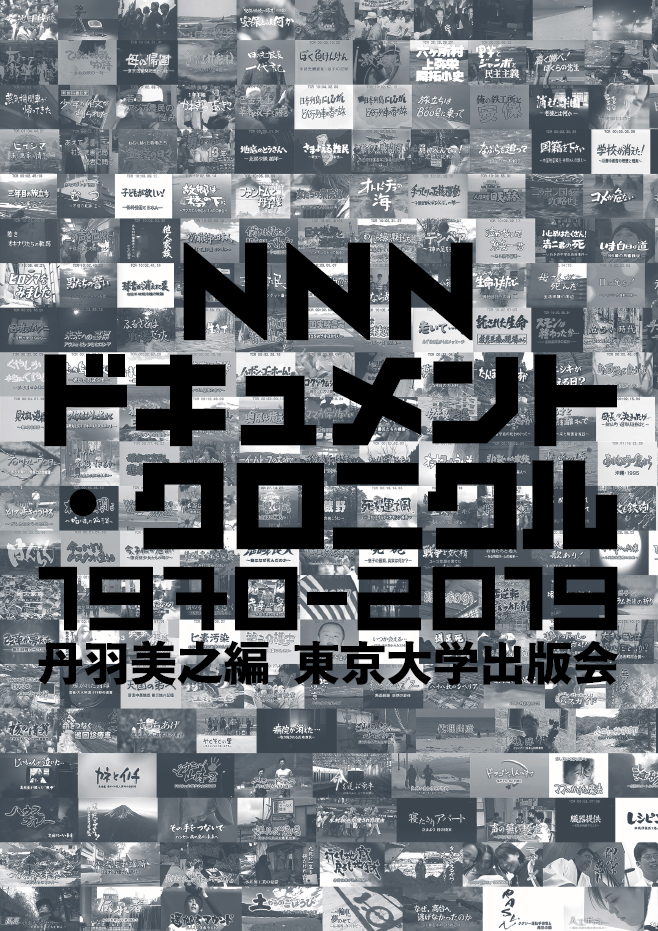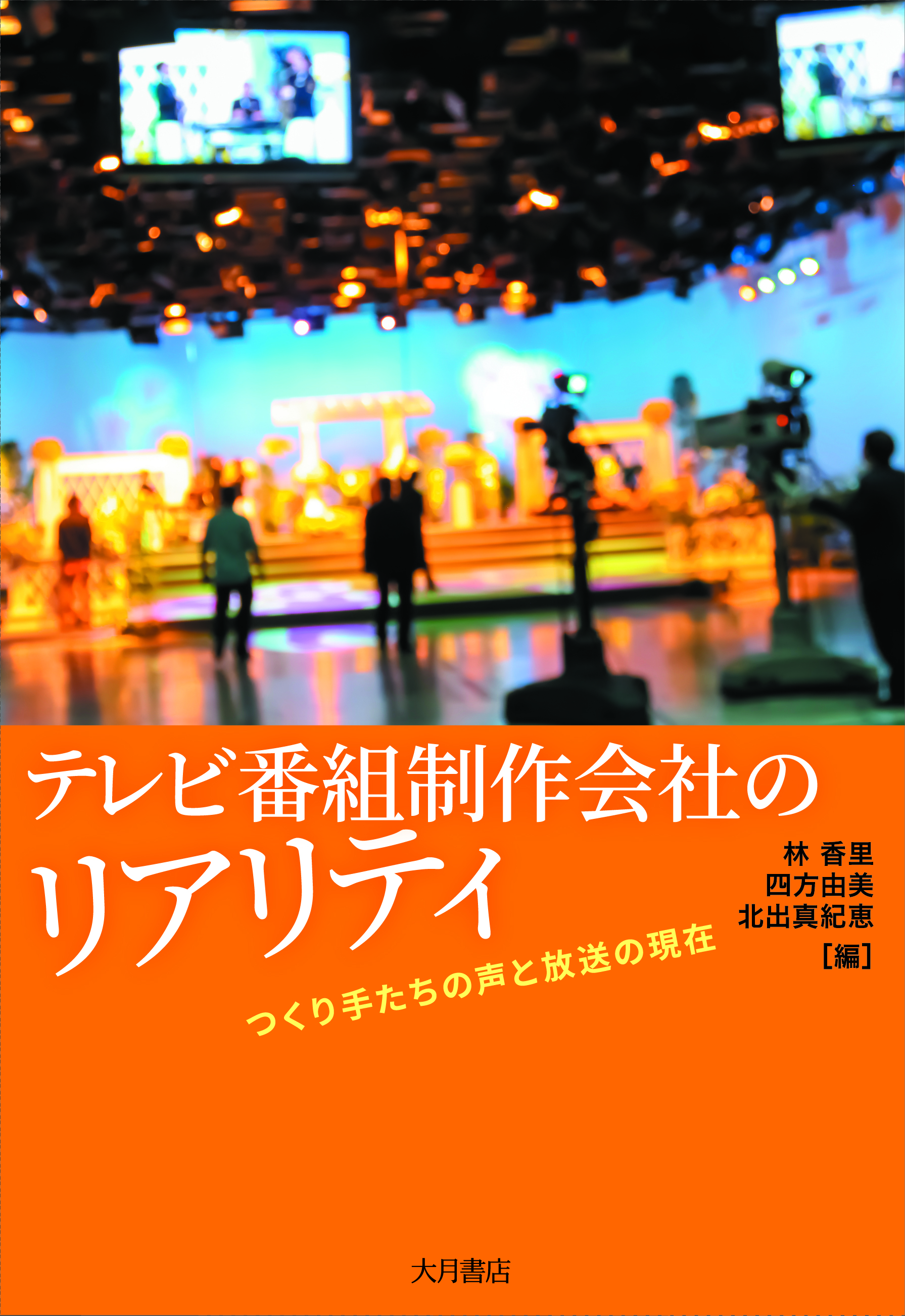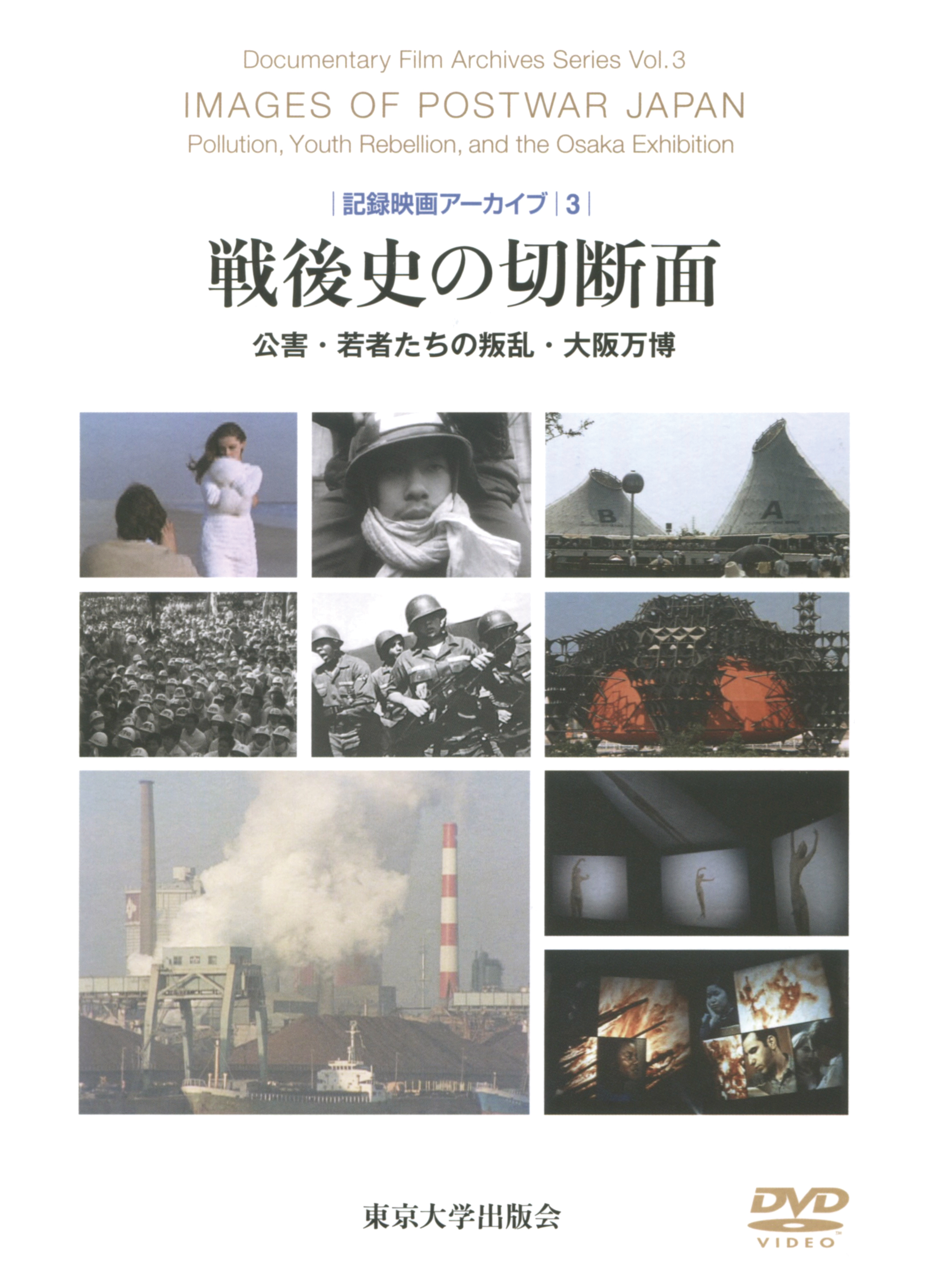
Title
Nihon no TV documentary (Japanese Television Documentaries)
Size
288 pages, 127x188mm
Language
Japanese
Released
June 17, 2020
ISBN
978-4-13-050201-6
Published by
University of Tokyo Press
Book Info
See Book Availability at Library
Japanese Page
Japan’s television industry has undergone remarkable expansion over the past 50 years, exhibiting great influence both commercially and culturally. It is unfortunate, however, that Japan has significantly lagged behind in television studies and criticism. One of the major reasons for Japan’s slow progress in this field is a lack of extensive archives of television programs. Some programs aired in the past simply stopped showing, while those that did remain were not available to the public. As a result, television studies and criticism suffered to a considerable degree.
However, recently, the situation has changed greatly. Television archives such as the NHK Archives and Broadcast Library have finally emerged. The vast number of television contributions that have been aired until now, including documentaries, dramas, news, sports, variety shows, popular song programs, animations, and commercials, are not only valuable records of television history, but they also reflect the times vividly. Going forward, efforts may get underway to use these archives to examine television history and contemporary history from different angles.
This book is a new attempt to study television in the archive era. How did television producers wrestle with the times as they chronicled postwar Japan? How did they develop new methodologies and create new potentials? The book reveals the history of the struggles and challenges involving Japanese television documentaries by reviewing numerous programs in the archives and examining the words of those who produced them.
These individuals include Naoya YOSHIDA, who pursued the “true face” of Japan in the early days of television; Junichi USHIYAMA, who laid the foundation of documentaries on commercial television; Haruhiko HAGIMOTO and Yoshihiko MURAKI, who pushed the limits of television’s potential; Souichiro TAHARA, who challenged a variety of taboos; Hidefumi KIMURA, who stood out with his strategy of mixing facts with fiction; Yasuko ISONO, a pioneer female documentalist; and Hirokazu KOREEDA, a film director. This book, a one-of-a kind essay on television programs, is also an essay on postwar society viewed through them.
This book is recommended for those interested in the history of television or journalism, but also for those striving to produce documentaries or become journalists. We are entering an era when television and the Internet are becoming increasingly fused, an era when a new question is being raised regarding what television is all about. It is precisely for this reason that the history of television must be revisited. The author hopes that this book will shed light on the rich history of documentary programs and help spur debate on the future of television and journalism.
(Written by NIWA Yoshiyuki, Associate Professor, Interfaculty Initiative in Information Studies / 2020)



 Find a book
Find a book


 eBook
eBook

